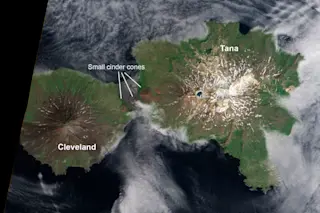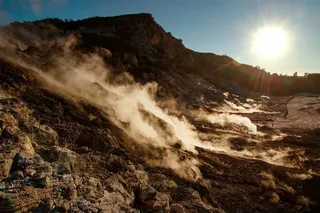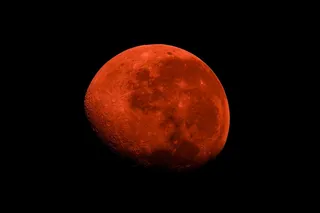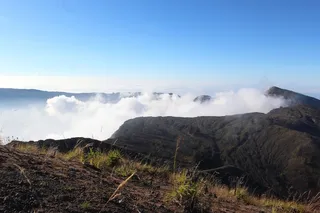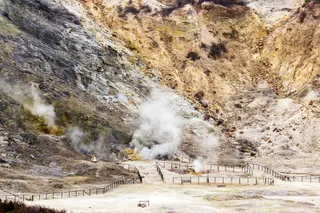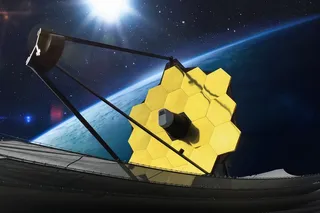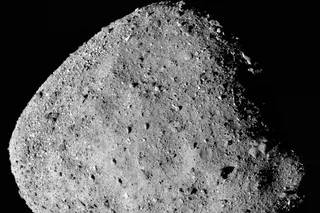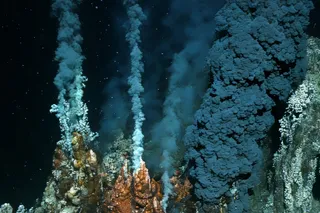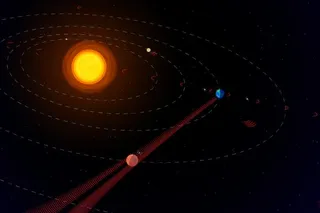Cleveland and Tana volcanoes on Chuginadak Island in Alaska. Image taken July 26, 2012 by the EO-1 Advanced Land Imager, courtesy of the NASA Earth Observatory. Today's I'm trekking to and from Cleveland to do some lab preparation work at Case Western Reserve University. So, I thought I'd post a cool image of Cleveland volcano in Alaska as spied by the EO-1 Advanced Land Imager on July 26, 2012. Now, this image has more than just the volcano - it covers the entirely of Chuginadak Island (which apparently means "to fry or make sizzle") in the Aleutians. On the left side is Cleveland and the right side of Tana. You might also notice some small cinder cones in the area between the volcanoes. As many of you who follow Eruptions know, Cleveland is one of the most active volcanoes in the Aleutian arc today and has erupted multiple times this ...
Cleveland (the Volcano) From Space While I'm in Cleveland (the City)
Discover Cleveland volcano in Alaska, one of the most active volcanoes in the Aleutian arc, monitored by NASA's Earth Observatory.
More on Discover
Stay Curious
SubscribeTo The Magazine
Save up to 40% off the cover price when you subscribe to Discover magazine.
Subscribe

